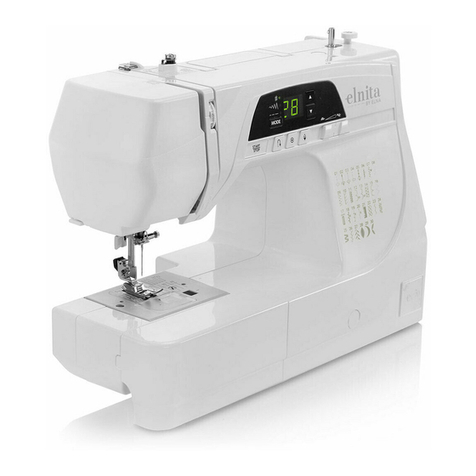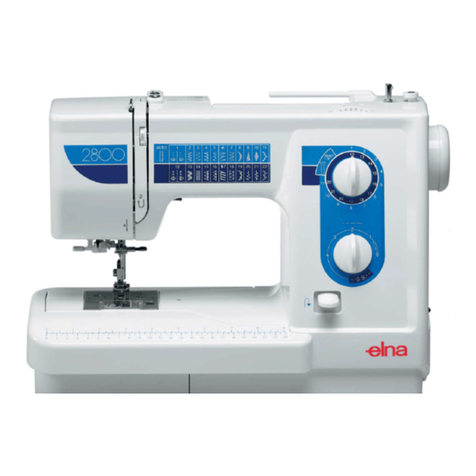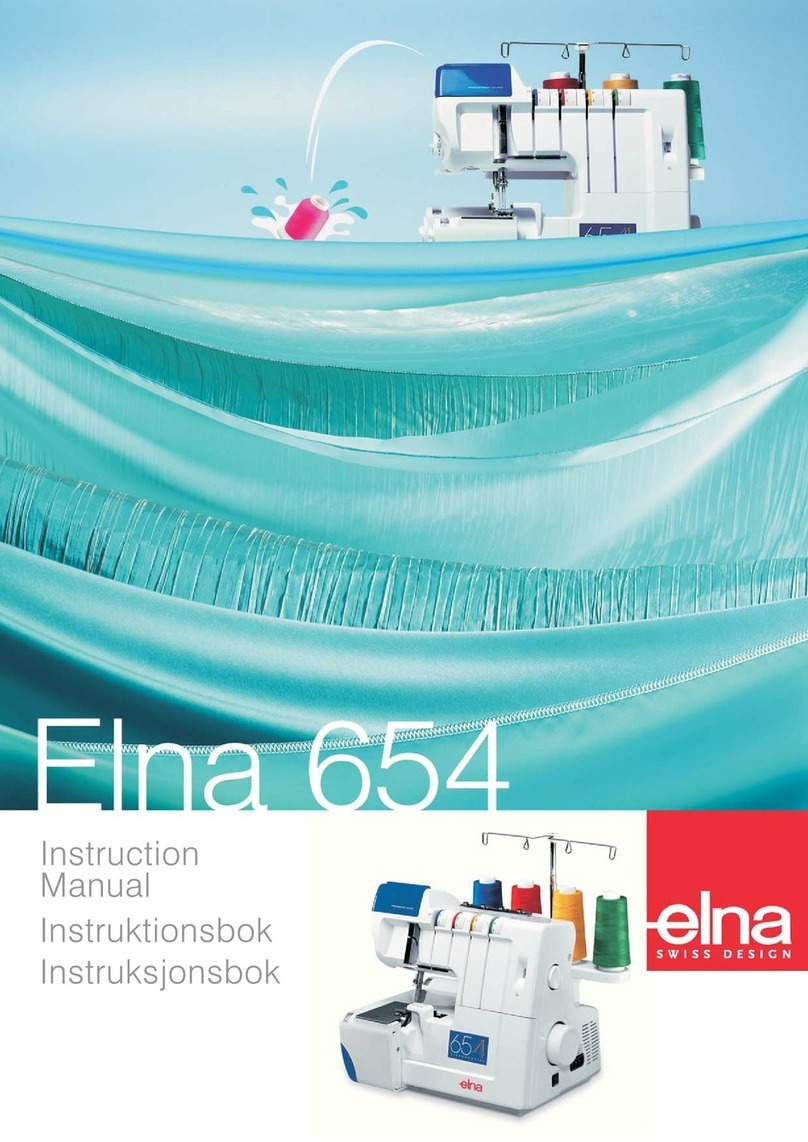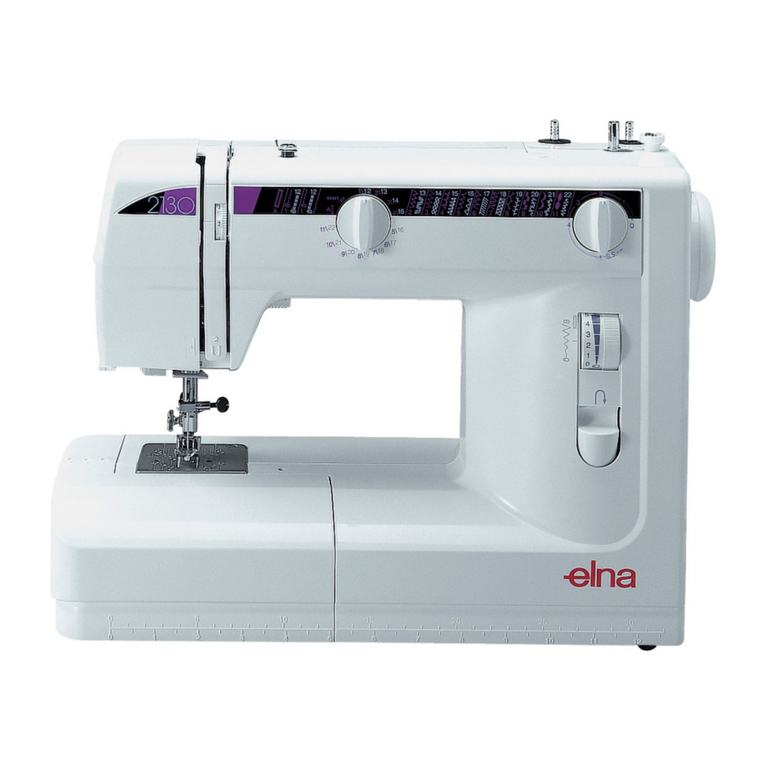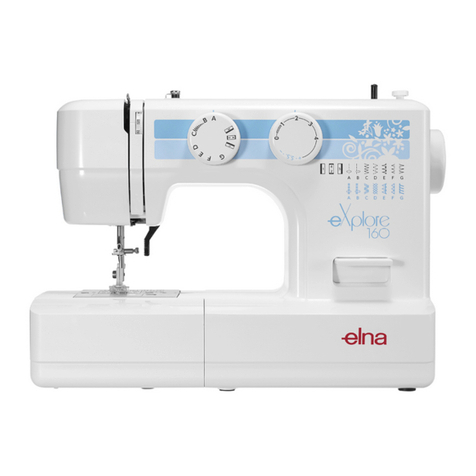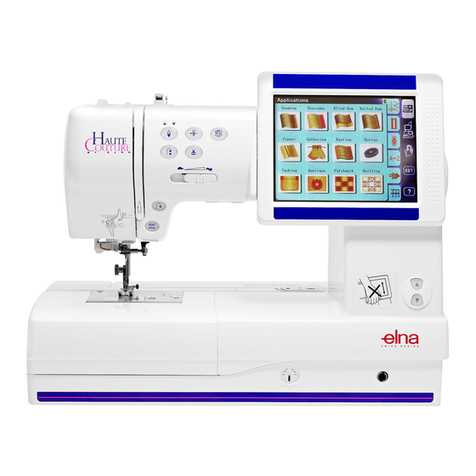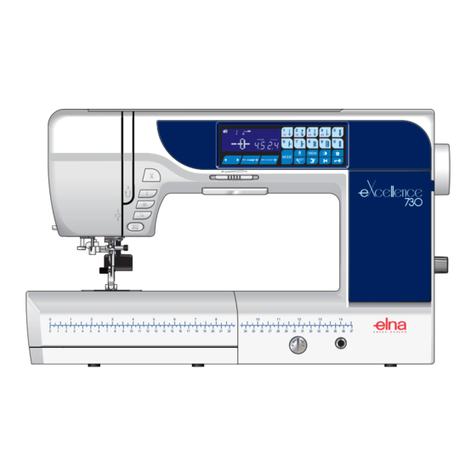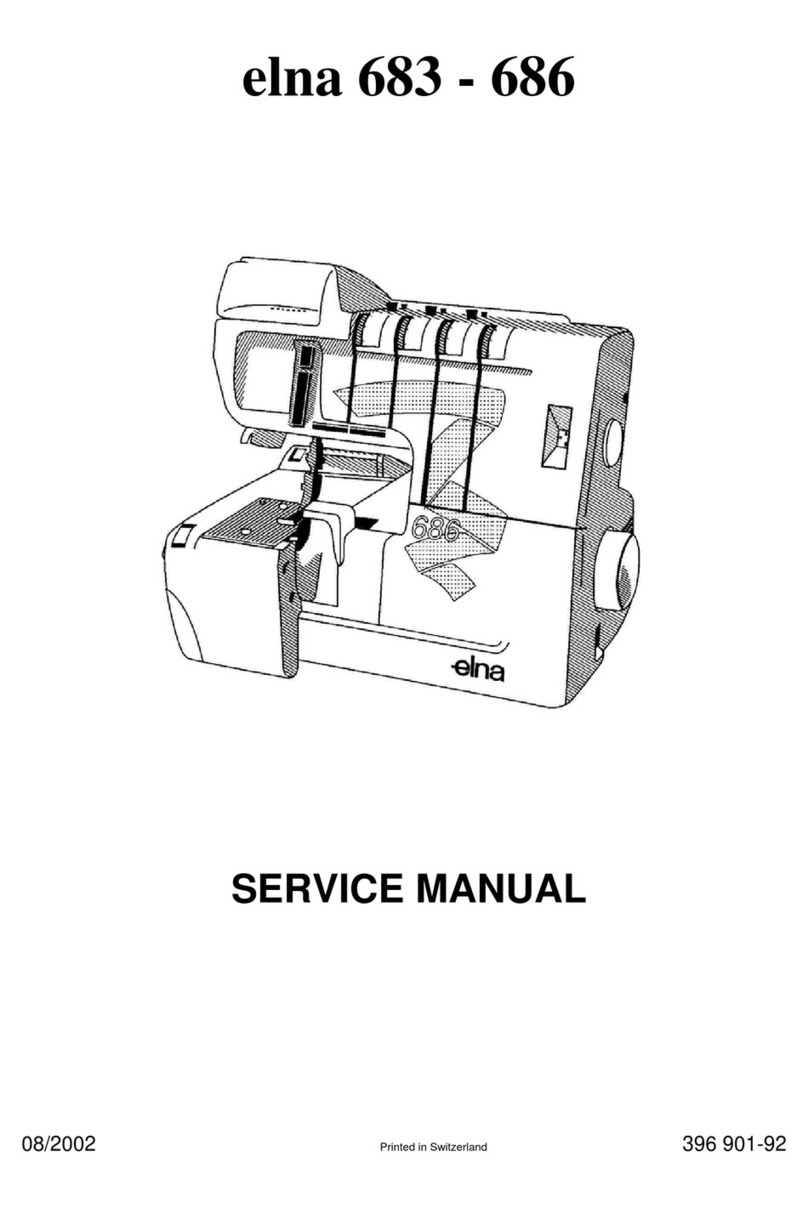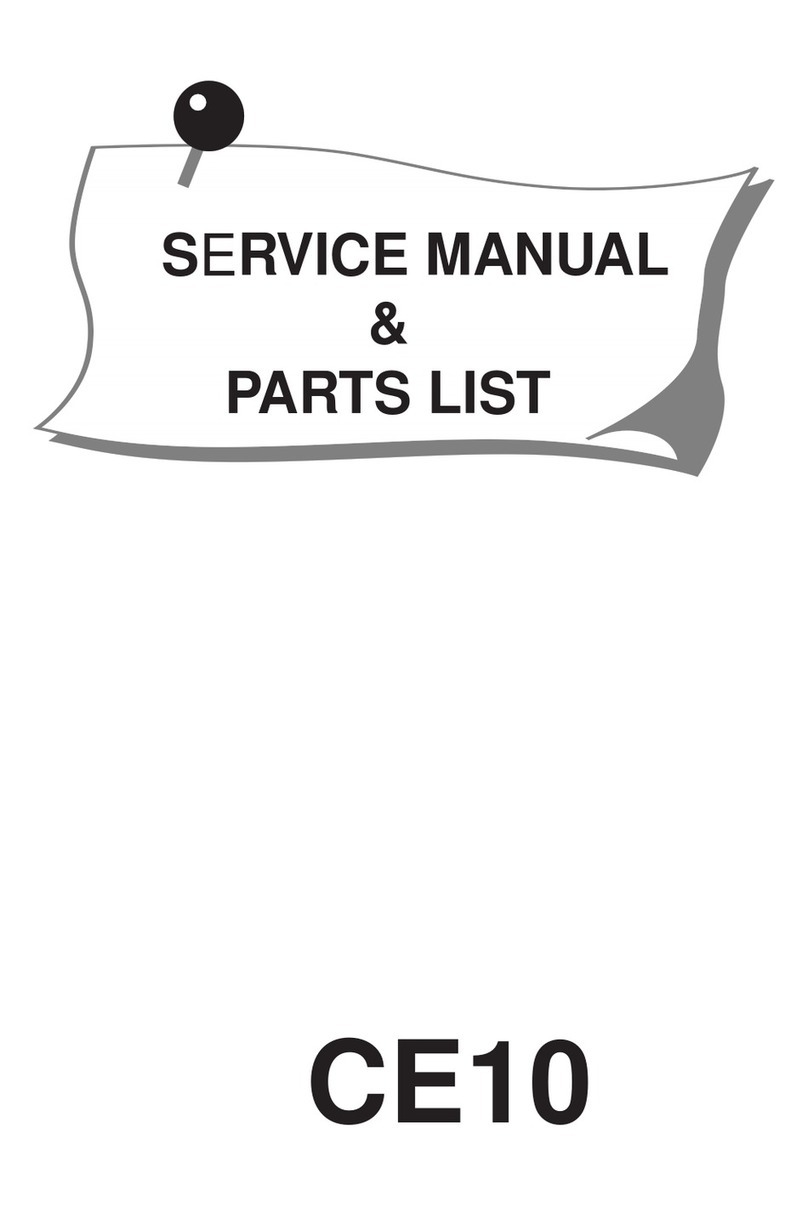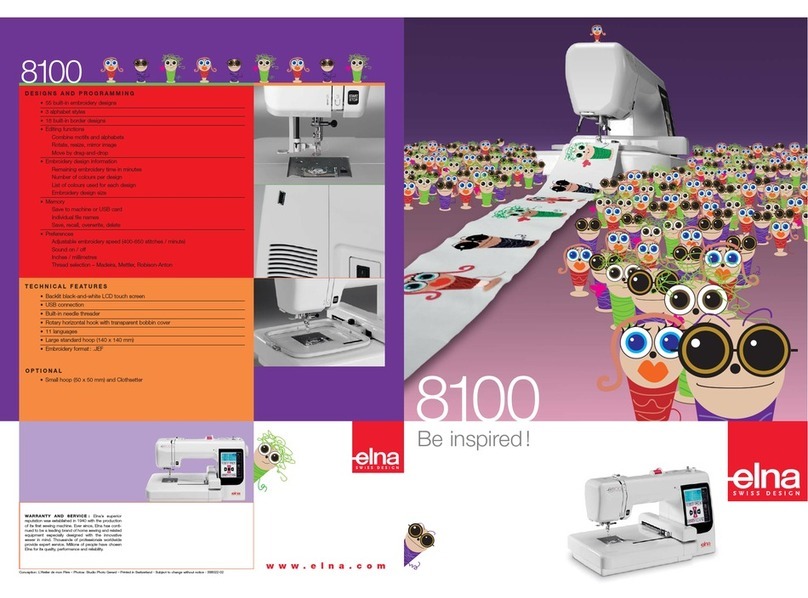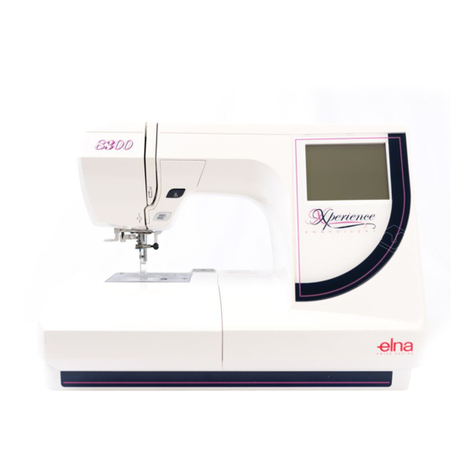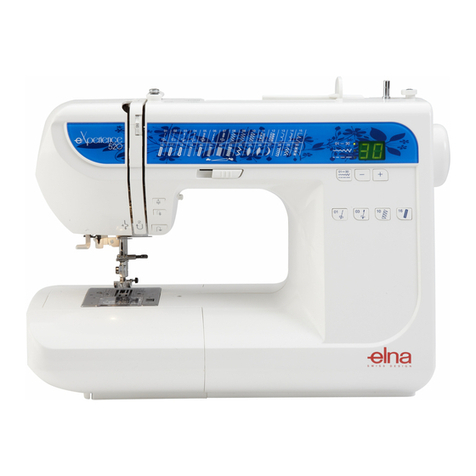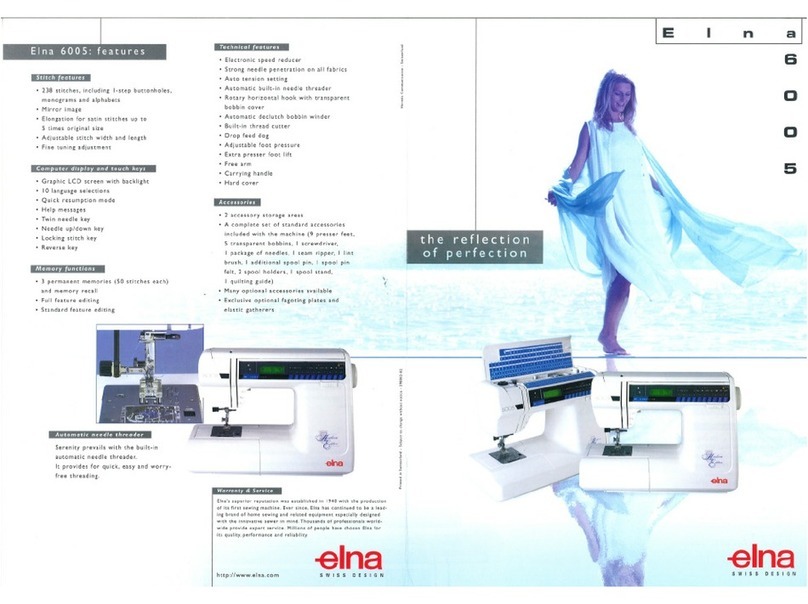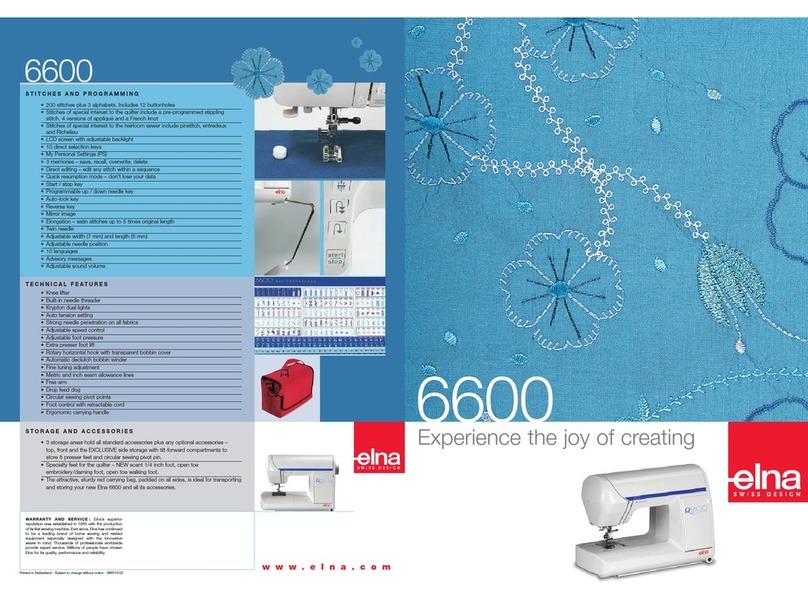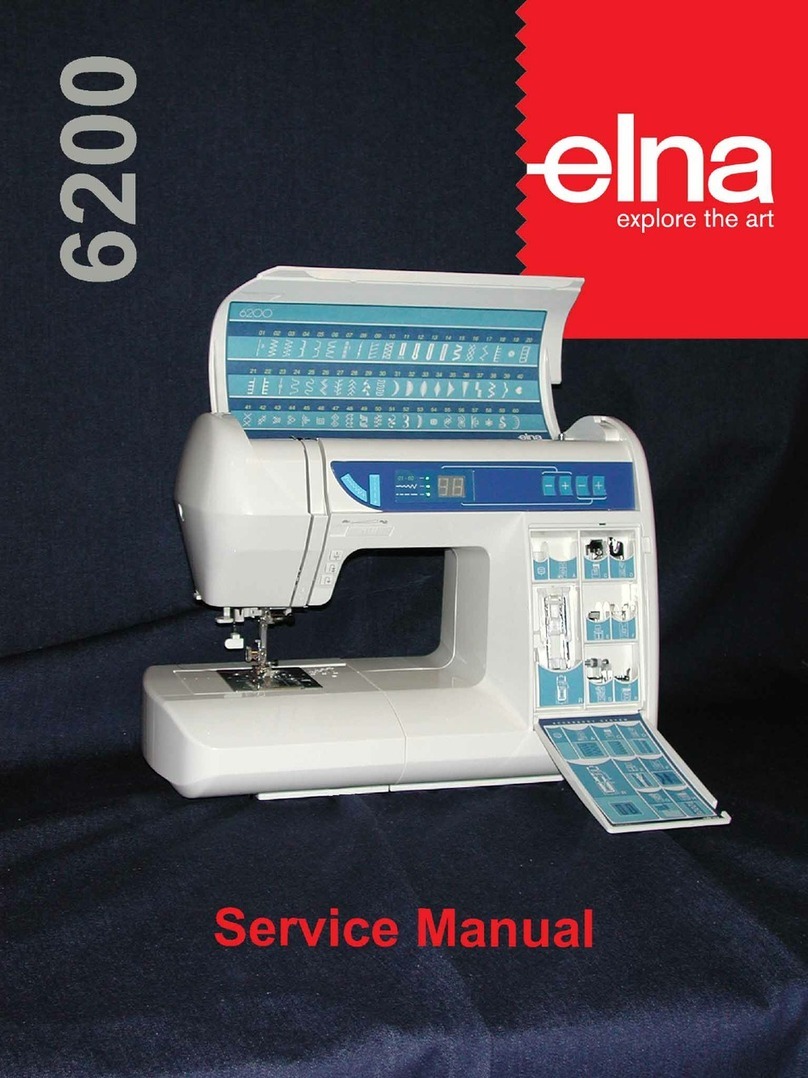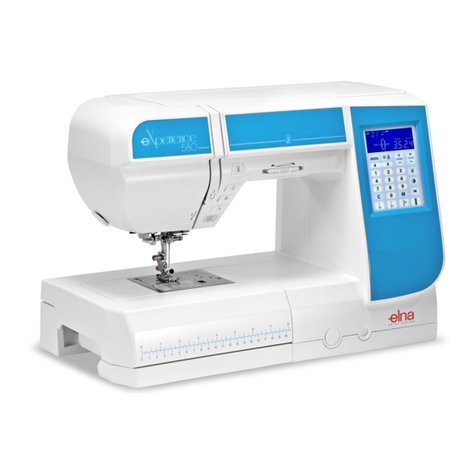MECHANICAL SEWING DISORDERS C1
First of all, please refer to the paragraph entitled "maintenance" in the instruction manual,
especially when machine does not turn freely by turning the flywheel by hand. If necessary,
check and adjust tightness of motor belt.
Given below are the most frequent disorders. In most cases, they can be remedied by checking
the adjustments in the following order. However, before checking the adjustments, make sure
that the threading is correct and that all the thread passages are okay.
1. Skipped overlock stitches
Check and adjust if necessary:
- Needle bent or with a dull point - replace needle
- Needle not set correctly - refer to "changing the needle" in the instruction manual
- Burrs on upper or lower looper - polish
- Burrs on stitch tongue - polish
- Excessive tension on the needle thread
- Height and orientation of needle bar
- Clearance between point of lower loopers and needle
- Clearance between upper and lower loopers
- Timing of upper and lower loopers against needle
- Feed timing
2. Skipped chainstitches - Cover hems
Check and adjust if necessary:
- Needle and chain looper thread tensions not balanced
- Needle bent or with a dull point - replace needle
- Needle not set correctly - refer to "changing the needle" in the instruction manual
- Burr on chain looper - replace or polish
- Dull blade edge on moving cutter - replace
- Chain looper needle clearance
- Chain needle guard clearance
- Angular position of chain looper
- Orbital timing of chain looper
- Chain thread take up lever timing
- Height and orientation of needle bar
- Needle plate spring plate bent
-
Clearance and position between back of chain looper and needle L0
Note: For more information, see pages ANNEX ΦΧ.
